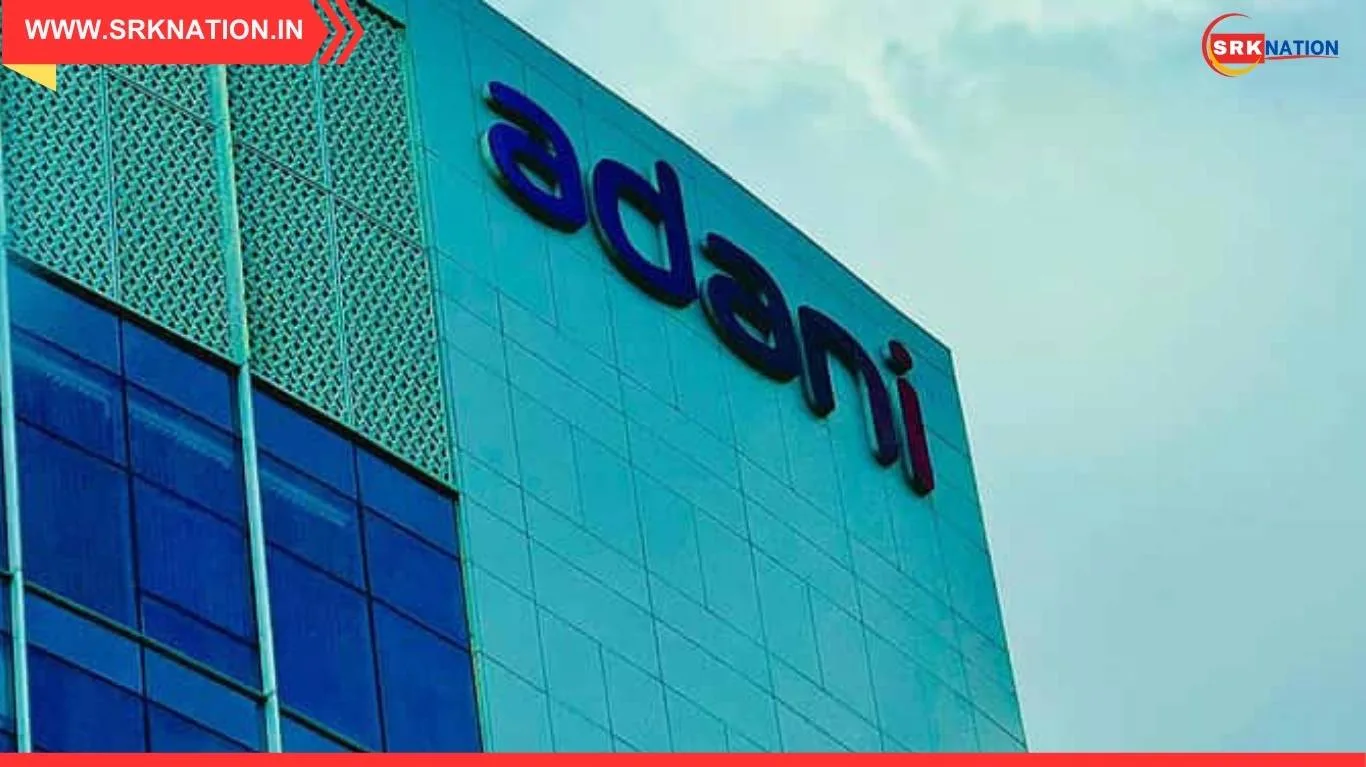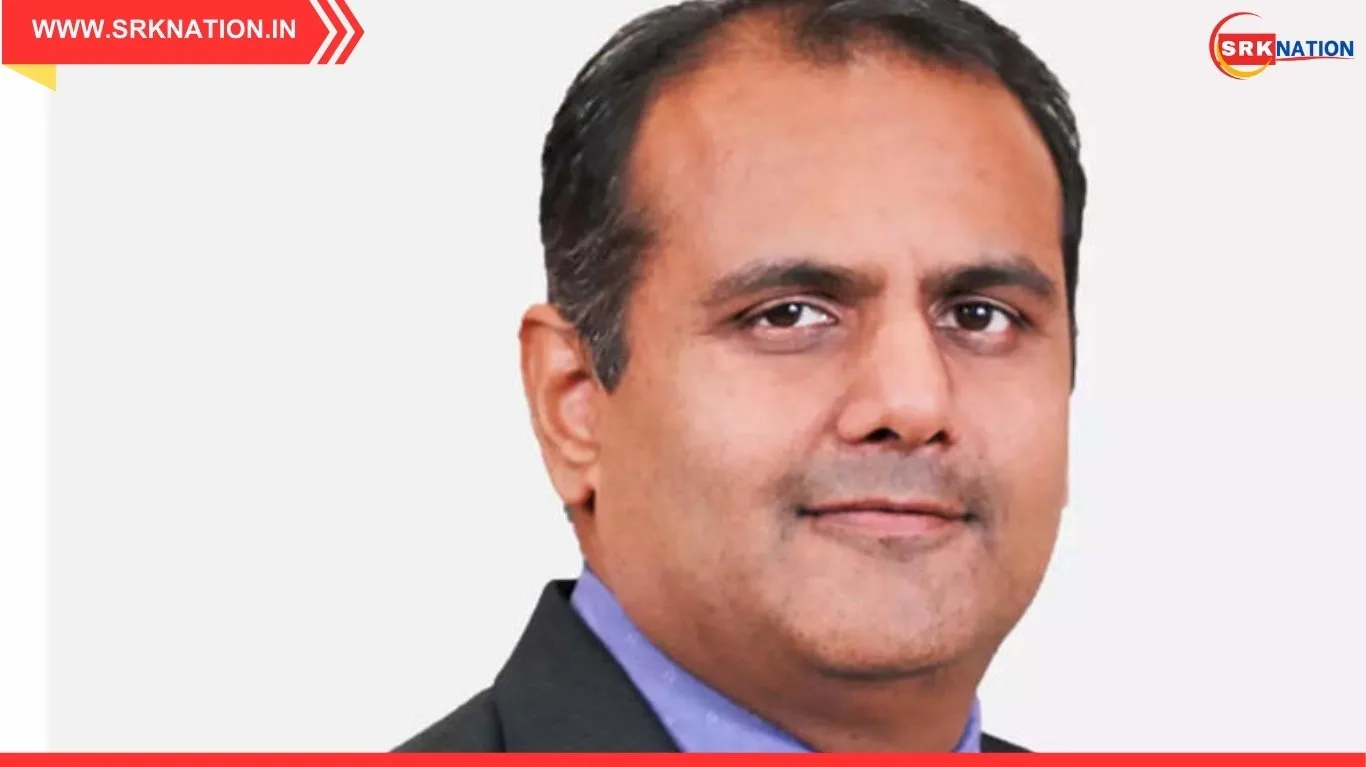India’s ambitious target of becoming a $5 trillion economy has been slightly delayed, according to the latest International Monetary Fund (IMF) data. The revised projections indicate that India will achieve this milestone a year later than previously expected, reflecting the combined impact of global economic headwinds, domestic challenges, and structural adjustments. Despite the delay, India remains one of the fastest-growing major economies in the world, with strong fundamentals and a promising long-term outlook.
India’s $5 Trillion Goal
The $5 trillion target has been a cornerstone of India’s economic vision:
- Original Timeline: India aimed to reach the milestone by 2025–26.
- IMF Revision: Latest data suggests the target will now be achieved by 2026–27.
- Global Context: India continues to outperform most major economies despite the delay.
- Policy Push: Government reforms, infrastructure spending, and digital transformation remain key drivers.
IMF’s Revised Projection for India’s Economy
| Factor | Earlier Projection | Revised Projection | Impact |
|---|---|---|---|
| $5 Trillion Milestone | FY 2025–26 | FY 2026–27 | One-year delay |
| GDP Growth Rate | 6.5–7% | 6.2–6.5% | Slight moderation |
| Inflation | 4–5% | 5–6% | Higher due to global shocks |
| Fiscal Deficit | 5.9% | 5.6% | Gradual improvement |
| Global Ranking | 5th largest | 5th largest | Position unchanged |
Why the Delay?
Several factors have contributed to the revised timeline:
- Global Slowdown: Weak demand in developed markets has impacted exports.
- Commodity Prices: Volatility in oil and food prices has pressured inflation.
- Geopolitical Tensions: Conflicts and supply chain disruptions have slowed global trade.
- Domestic Adjustments: Structural reforms take time to yield full results.
- Investment Cycle: Private investment revival is slower than anticipated.
Key Drivers of India’s Growth
| Driver | Current Status | Contribution to GDP |
|---|---|---|
| Infrastructure Spending | High government capex | 2–3% boost |
| Digital Economy | Expanding rapidly | 1–1.5% boost |
| Manufacturing | Supported by PLI schemes | 1–2% boost |
| Services | Strong IT and financial services | 3–4% boost |
| Agriculture | Stable but weather-dependent | 1% boost |
IMF’s Perspective
The IMF emphasized that India’s fundamentals remain strong:
- Resilient Growth: India continues to grow faster than most major economies.
- Demographic Dividend: Young workforce will drive consumption and productivity.
- Policy Reforms: Taxation, infrastructure, and digital initiatives are laying the foundation for long-term growth.
- Global Role: India is increasingly seen as a key driver of global economic expansion.
Expert Opinions
- Economists: Stress that a one-year delay is minor in the context of India’s long-term trajectory.
- Industry Leaders: Highlight opportunities in manufacturing, renewable energy, and technology.
- Policy Analysts: Note that reforms are essential to sustain momentum.
- Investors: Remain bullish on India’s growth story despite short-term challenges.
Public Sentiment
- Businesses: Optimistic about expansion opportunities despite the delay.
- Consumers: Encouraged by rising incomes and stable employment.
- Global Observers: See India as a bright spot in the global economy.
- Media: Coverage frames the delay as a minor adjustment rather than a setback.
Challenges Ahead
India must address several challenges to stay on track:
- Inflation Management: Controlling food and energy prices.
- Employment Generation: Creating jobs to match demographic growth.
- Infrastructure Bottlenecks: Ensuring timely execution of projects.
- Global Risks: Navigating geopolitical tensions and trade disruptions.
Government’s Role
The government is expected to complement IMF’s projections by:
- Infrastructure Push: Continued investment in roads, railways, and digital networks.
- Policy Incentives: Support for startups and manufacturing through PLI schemes.
- Ease of Doing Business: Simplifying regulations to attract private capital.
- Green Transition: Encouraging renewable energy adoption.
Future Outlook
- Short-Term: India will continue to grow at 6–6.5% annually.
- Medium-Term: Earnings revival and private investment will accelerate growth.
- Long-Term: India’s $5 trillion milestone will be achieved by FY 2026–27.
- Global Impact: India’s rise will influence global supply chains and capital flows.
Conclusion
The IMF’s revised data showing India will reach a $5 trillion economy a year later than earlier expected is a reminder of the complexities of global and domestic economic dynamics. While the milestone is delayed, India’s fundamentals remain strong, and its growth trajectory is intact.
For policymakers, businesses, and investors, the focus should remain on sustaining reforms, boosting private investment, and leveraging India’s demographic dividend. The journey to $5 trillion may take a year longer, but the destination remains firmly within reach.
Disclaimer: This article is based on publicly available IMF data, expert commentary, and economic reports. Readers are advised to follow official IMF and government releases for verified details.











